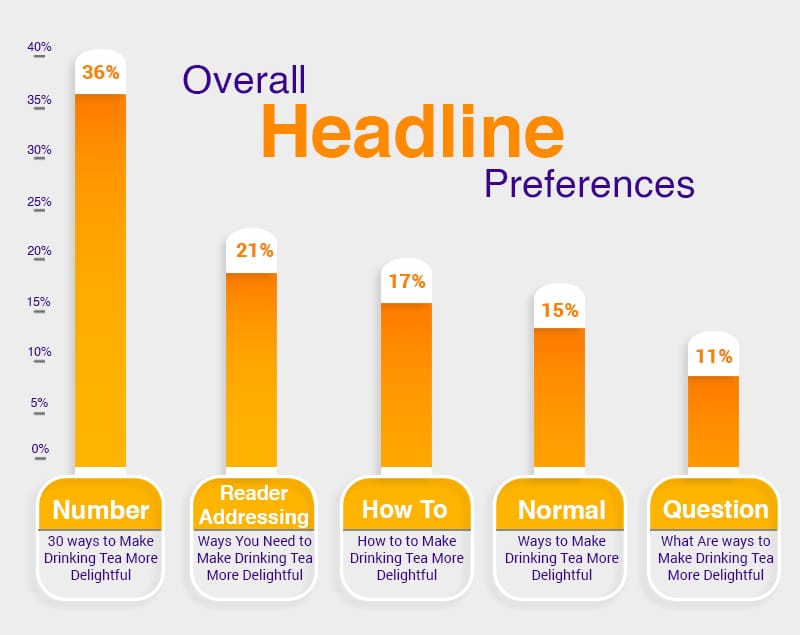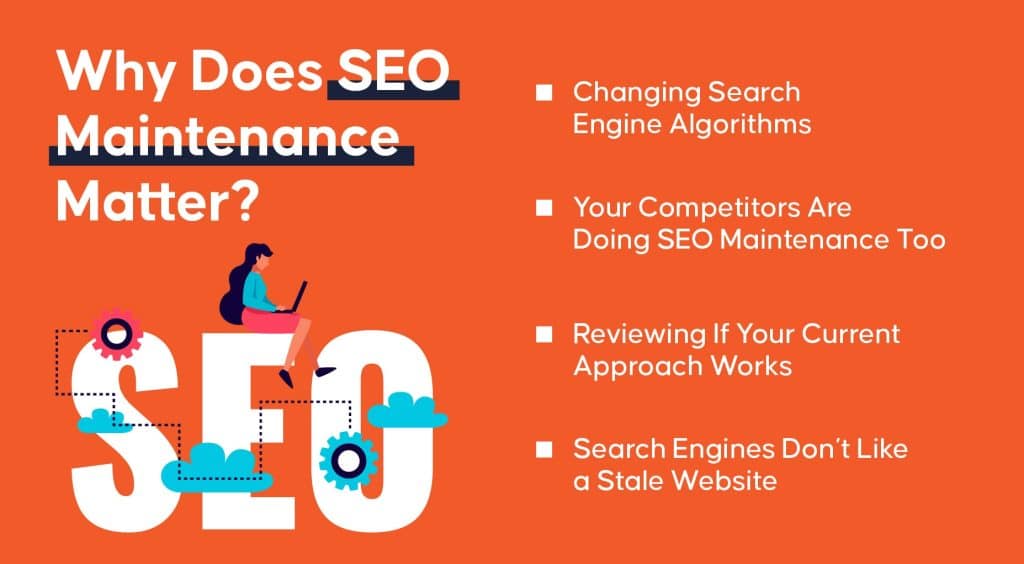
Looking to climb the SEO ladder? With over 68% of online experiences starting with a search engine, mastering how to write SEO content is essential for anyone aiming to boost their website’s visibility and engage more effectively with their audience.
In this guide, we explore the art and science of SEO content creation in four simple steps. You’ll learn not only how to optimize your articles for search engines, but also why crafting compelling, valuable content is crucial for building trust, authority, and a loyal following.
Quick Takeaways
- Knowing who your audience is and what matters to them is essential for creating content that resonates and effectively converts readers into loyal customers.
- Crafting compelling headlines is vital as they capture the reader’s interest and encourage them to engage further with your content.
- Proper use of keywords helps your content be more discoverable by search engines, aligning what you write with what your audience is searching for.
- Incorporating images and videos into your content not only attracts more viewers but also aids in better understanding and retention of the information presented.
1. Know Your Audience
Before you outline a blog or brainstorm your podcast, you need to think about your customers. Converting them requires you to know who they are and what’s important to them.
You can (and should!) gather this information from a range of sources, including past orders, popular content, customer requests, website analytics, and user-generated data.
Content marketers and strategists use this data to create buyer personas that help them visualize their ideal customers.

Image Source: Hello Digital Marketing
Even without user data, you can answer simple questions about your audience:
- Where do they live (city, state, region, country)?
- What do they do for a living?
- What is important to them?
- How does your business help solve problems your customers have?
- Where do they find content? What kind of content grabs their attention?
Knowing your audience can mean the difference between a trending blog post and a waste of resources.
Understanding your audience’s habits and needs helps you choose the best topics, formats, and platforms for your content—ultimately saving you time and money.
People respond to content that helps or empowers them to fix a problem, learn something new, or better their lives in some way.
Researching your audience helps you uncover your customers’ interests and pain points, so your content always makes an impact.
2. Write Powerful Headlines
You only have a few seconds to make an impression on your prospective reader. Your headline should be compelling enough to catch their attention and promising enough to make them follow through on reading it.
No matter how excellent your content, potential customers won’t discover it behind a misleading or uninteresting headline. But, just like anything else, there are tips and tricks to writing successful headlines. Experiment with adding:
- Use Numbers and Lists: Headlines with numbers (like “5 Ways to…”) provide a clear expectation of what the content delivers, making them highly clickable.
- Ask a Compelling Question: Questions provoke curiosity and engagement by directly speaking to readers’ concerns or interests.
- Incorporate Powerful Adjectives: Use strong, emotive words like “Essential,” “Incredible,” “Effortless,” or “Painless” to grab attention and promise value.
- Be Ultra-Specific: Clarity beats ambiguity. Clearly state what the reader will gain or learn from your content.
- Promise a Quick Fix: Phrases like “How to,” “Tips for,” or “Ways to” suggest practical advice that’s directly applicable, appealing to the reader’s need for immediate solutions.
- Leverage Trending Topics: Tap into current events or popular trends to make your headline feel immediate and relevant.
- Invoke Urgency or Scarcity: Using words like “Now,” “Last Chance,” or “Limited Offer” create a sense of urgency that encourages quick clicks.

Image Source: Codeless
If you’re not seeing results, try testing additional headlines for every blog post or video, or add subheads to your headlines to convey additional meaning.
Your headline should always be unique, useful, and specific. And, most importantly, your audience should understand the topic and format of your content before they ever click on it.
Use primary or descriptive keywords at the beginning of your headline to catch your reader’s attention. Don’t be afraid to incorporate your brand’s voice or sense of humor into your headlines for a more personal touch.
3. Optimize for Keywords
Every content marketer, strategist, and writer knows about the importance of keywords. However, many still believe that SEO is about “writing for search engines”— or gaming a complex ranking system.
Optimizing your content with keywords benefits your readers too by helping them find relevant content. Search engines like Google and Bing guide users to the best content for them based on factors like keyword usage, website authority, and brand trust.
Use keyword research to better understand what your target audience is searching for, so you can create relevant content they’d want to read. Google Search Console, Moz Keyword Tool, and Google Trends let you research keywords that might be useful for your website.
Try these best practices when optimizing keywords:
Opt for Long Tailed Keywords
Video Source: Elegant Themes
General keywords are more popular, which means they have more competition. Use longer, more descriptive phrases to attract your specific audience. Experiment with adding your location (city, state), the colors of your products, or your business’s niche.
Optimize Photos and Videos
Photos and videos are great opportunities for keyword optimization, as they are also indexed by search engines. Always add relevant keywords to the titles and alt tags of images and videos.
Maintain Your Metadata
Metadata tells search engines what your website is about, so it’s better ranked among your competitors. Add your keywords to page titles, headers, and descriptions to capture those rankings.
Include Your Keywords in Your Content Copy
Include your keywords and similar keywords to your content, but avoid “stuffing” your keywords into your text—this can make your copy difficult to read or index and you could get penalized for doing so. Integrate your keywords by including them in the title and where it makes sense on the page.
4. Use Pictures and Video
Visuals are an easy way to encourage engagement and draw attention to your content. In fact, posts with relevant visuals see a 180% higher engagement rate than those without.
In addition to attention, visual content helps your audience learn about your products, brand, or solutions.
Visual content like infographics and instructional videos are specifically designed to communicate interesting or helpful content in a manner that’s easier to follow and remember.
Try packaging your content with images or short videos (even GIFs!) to draw attention and help people remember your content.
The Role of E-E-A-T in SEO Content
You’ve probably heard us throw around the term E-E-A-T quite a bit. No, it’s not the latest diet craze—though it does have everything to do with feeding Google exactly what it wants.
E-E-A-T stands for Experience, Expertise, Authoritativeness, and Trustworthiness. In 2024, these elements are crucial for your SEO content to succeed.
Video Source: RYNO Strategic Solutions
Let’s break it down:
- Experience: Google likes us to draw from our real-life experiences when crafting content. This approach not only boosts the practicality and relevance of your insights, but also ensures they resonate more deeply with your audience.
- Expertise: This is where deep dives into topics matter. Don’t just skim the surface. Make sure you understand the ins and outs of every topic you cover, making your content rich and knowledgeable.
- Authoritativeness: It’s one thing to know your stuff; it’s another to be recognized for it. Build authority by linking to reputable sources, getting quotes from experts, and being cited by others as a trusted voice in the industry.
- Trustworthiness: Last but definitely not least. Trust is everything. Make sure your content is accurate, well-researched, and transparent, giving your readers no reason to doubt the quality of the information.
Integrating E-E-A-T into your SEO strategy isn’t just about ticking boxes. It’s about genuinely providing content that serves and educates your audience. Google is smarter than ever, and it’s pretty good at sniffing out content that tries to game the system.
Stick to the rule that if you wouldn’t trust a piece of content to give you advice, don’t expect Google or your readers to trust it either. Put in the effort, verify your facts, and write content that you stand behind 100%. That’s the only way to ensure that your content not only ranks, but also resonates.
Regular Content Updates and SEO Maintenance
The digital world never sleeps, and neither should your content. Keeping SEO content fresh isn’t just about climbing the search engine rankings—it’s about holding onto your spot once you get there.
Information becomes outdated faster than you can say “Google algorithm update.” What worked last year, or even last month, might not give you the same results today. And here’s a not-so-fun fact: Outdated content is a turn-off for visitors, which can increase your bounce rates and decrease your credibility and rankings.

Image Source: Inquivix
Here’s how we keep our content in top shape at Marketing Insider Group:
- Audit Your Content Regularly: We circle back to our older posts every few months and check if there’s anything that needs a refresh—be it stats, strategies, or just sprucing up the language to keep things interesting.
- Update the Stats and Examples: Nothing screams “outdated” like a statistic from four years ago in a digital marketing article. We update our examples and data to reflect the most current trends and information, keeping our content relevant and authoritative.
- Improve Based on User Feedback: We pay attention to comments and questions from our readers. If there’s a recurring question or confusion, we update our content to clarify or add more detailed information.
- Optimize for New Keywords: As the SEO landscape changes, so do keyword rankings. We revisit our keyword strategy regularly and tweak our content to include emerging search terms, helping us to maintain or improve our visibility.
Remember, SEO is not a set-it-and-forget-it deal. It demands ongoing tweaks and attention. By keeping your content up-to-date, not only do you keep the search engines happy, but your readers will thank you for it too.
Master How to Write SEO Content Today with MIG
Mastering how to write SEO content is a journey. Invest time and creativity, and don’t shy away from experimenting to discover the most impactful ways to engage your audience and convert them into loyal customers.
Ready to learn how to write SEO content? We’ve got you covered. Get started today by checking out our weekly blog content service, or schedule a free consultation now to learn more!
0 Commentaires